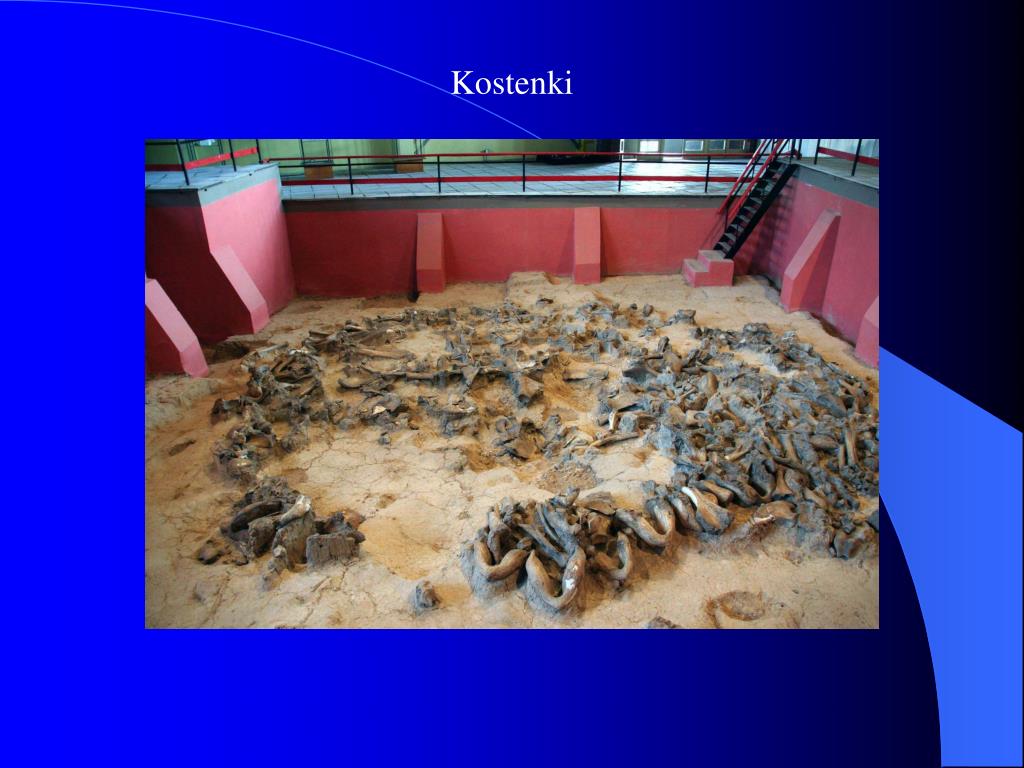

The Upper Paleolithic covered the second half of the Last glacial period from 50,000 to 10,000 before present, until the warming of the Holocene. In addition, flint becomes brittle at low temperatures and may not have functioned as a tool.Ĭhanges in climate and geography Such changes may have reduced the supply of usable timber and forced people to look at other materials. These led to a worsening of the already bitter cold of the last glacial period (popularly but incorrectly called the last ice age). The changes in human behavior have been attributed to changes in climate, encompassing a number of global temperature drops. Fishing of pelagic fish species and navigating the open ocean is evidenced by sites from Timor and Buka ( Solomon Islands). Advanced darts and harpoons also appear in this period, along with the fish hook, the oil lamp, rope, and the eyed needle. Burins and racloirs were used to work bone, antler and hides. Technological advances included significant developments in flint tool manufacturing, with industries based on fine blades rather than simpler and shorter flakes. Hunting was important, and caribou/wild reindeer "may well be the species of single greatest importance in the entire anthropological literature on hunting." Some of them may have been occupied year round, though more commonly they appear to have been used seasonally people moved between the sites to exploit different food sources at different times of the year. Settlements were often located in narrow valley bottoms, possibly associated with hunting of passing herds of animals. Stone core for making fine blades, Boqer Tachtit, Negev, Israel, circa 40,000 BP.

The Holocene glacial retreat begins 11.7 ka ( 10th millennium BC), falling well into the Old World Epipaleolithic, and marking the beginning of the earliest forms of farming in the Fertile Crescent.

In Western Eurasia, the Paleolithic eases into the so-called Epipaleolithic or Mesolithic from the end of the LGM, beginning 15 ka. The peopling of the Americas occurred during this time, with East and Central Asia populations reaching the Bering land bridge after about 35 ka, and expanding into the Americas by about 15 ka. The Upper Paleolithic is divided by the Last Glacial Maximum (LGM), from about 25 to 15 ka. 45 ka.Īnatomically modern humans are known to have expanded northward into Siberia as far as the 58th parallel by about 45 ka ( Ust'-Ishim man). The peopling of Australia most likely took place before c. This probably contributed to increasing group identification or ethnicity. More complex social groupings emerged, supported by more varied and reliable food sources and specialized tool types. The first evidence of human fishing is also found, from artefacts in places such as Blombos cave in South Africa. Artistic work blossomed, with cave painting, petroglyphs, carvings and engravings on bone or ivory. The Upper Paleolithic has the earliest known evidence of organized settlements, in the form of campsites, some with storage pits. This period coincides with the most common date assigned to expansion of modern humans from Africa throughout Asia and Eurasia, which contributed to the extinction of the Neanderthals. Homo sapiens) are believed to have emerged in Africa around 300,000 years ago, it has been argued by some that their ways of life changed relatively little from that of archaic humans of the Middle Paleolithic, until about 50,000 years ago, when there was a marked increase in the diversity of artefacts found associated with modern human remains.

Very broadly, it dates to between 50,000 and 12,000 years ago (the beginning of the Holocene), according to some theories coinciding with the appearance of behavioral modernity in early modern humans, until the advent of the Neolithic Revolution and agriculture.Īnatomically modern humans (i.e. The Upper Paleolithic (or Upper Palaeolithic) is the third and last subdivision of the Paleolithic or Old Stone Age. Expansion of early modern humans from Africa.


 0 kommentar(er)
0 kommentar(er)
